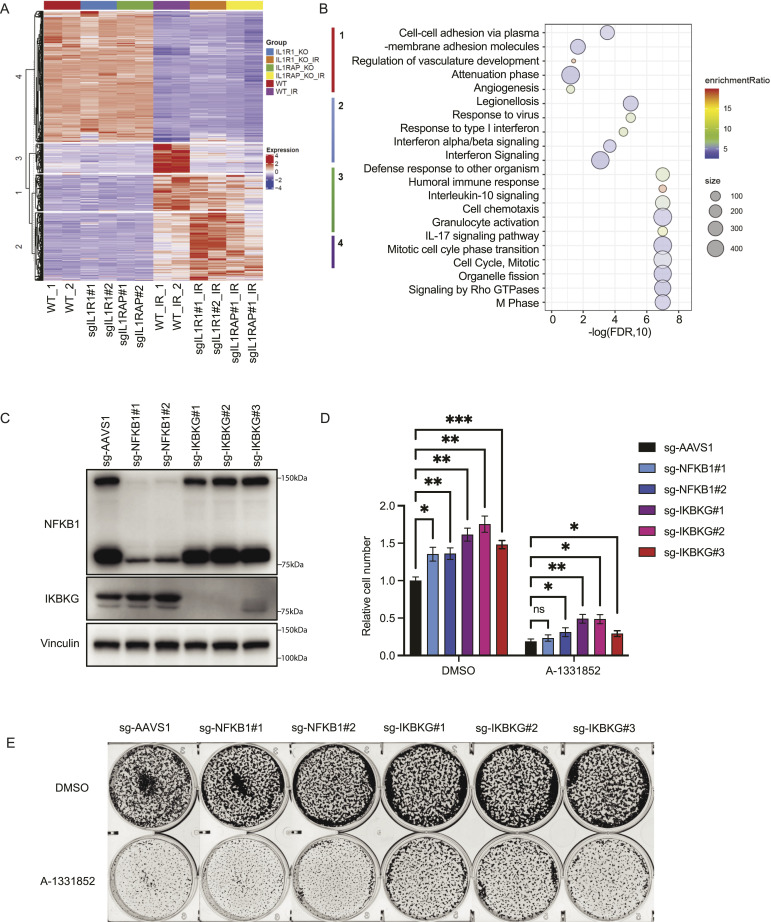Figure 3. NF-κB is the downstream effector by which IL1R1 and IL1RAP induce radiation resistance.
(A) Hierarchical clustering analysis in MCF10A cells of different groups with indicated treatments. MCF10A cells were infected with sgRNAs targeting IL1R1 or IL1RAP. RT groups were treated with a single high dose of 20 Gy of irradiation. Each group has two biological repeats. (B) Kyoto Encyclopedia of Genes and Genomes pathway enrichment analysis of differentially expressed genes (z-score scaled) from irradiation groups. (C) MCF10A cells were infected with lentiviruses containing LentiCRISPRv2 sgControl or two independent sgRNAs targeting NF-κB and three independent sgRNAs targeting IKBKG. 24 h later, cells were selected with puromycin (2 mg/ml) for 3 d and Western blotted with the indicated antibodies. (C, D) Same conditions as those described in (C), except that cells after puromycin selection were seeded at 2 × 105 per well in a six-well plate with four replicates. 24 h later, cells were treated with a single high dose of 20 Gy radiation and BCL2L1 inhibitor A-1331852 (1 μM) for 10 d. Luminescence signals were detected according to the standard protocol. The data are presented as means ± SD. **P < 0.01; ***P < 0.001 (t test). (D, E) Same condition as that described in (D), except cells were seeded at 2 × 105 per well in a six-well plate with three replicates. 24 h later, cells were treated with a single high dose of 20 Gy radiation and BCL2L1 inhibitor A-1331852 (1 μM) for 10 days. Cells were fixed, stained, and further analyzed by ImageJ. Representative images are shown.

